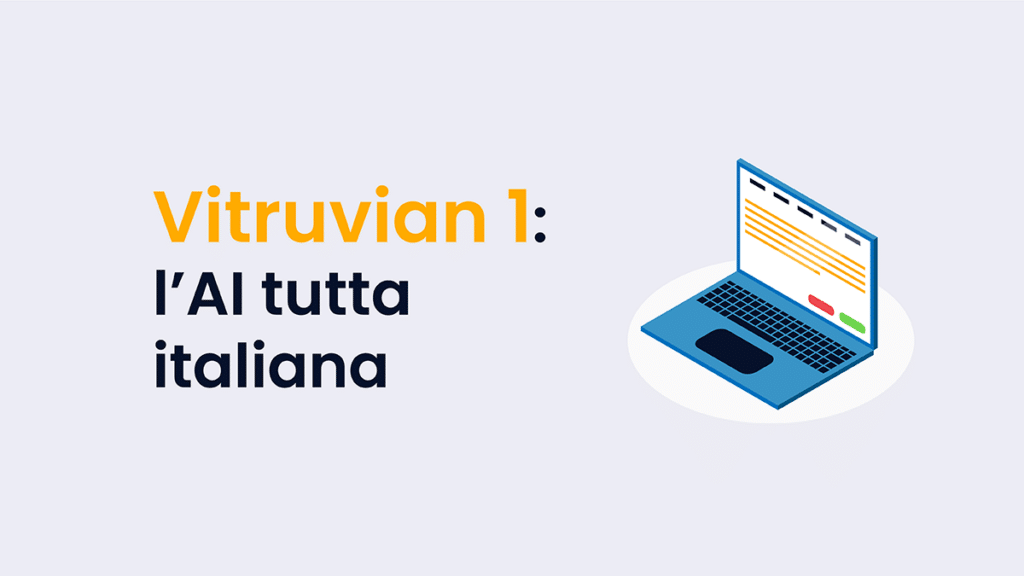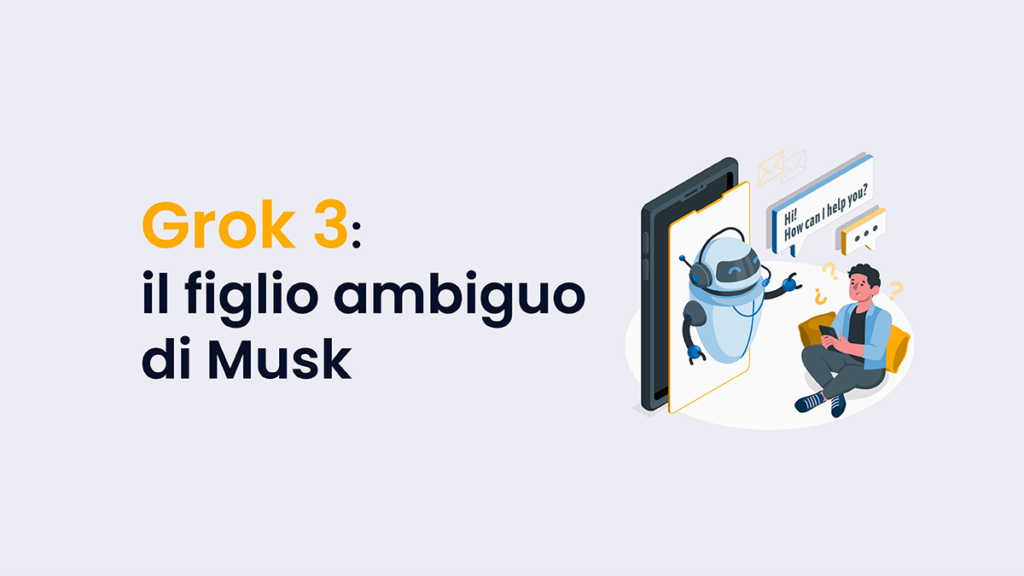Lo sapevate che Twitter è utilizzato anche per avvicinare ai classici della letteratura? Twitterature, il progetto nato ormai nel 2009 da due studenti di Chicago, consiste in riassunti di 140 caratteri delle principali opere della letteratura mondiale.
Sintesi virtuosa o riduzione dell’arte? Lasciamo a voi il giudizio una volta che avrete dato un’occhiata. Intanto, noi vi raccontiamo un po’ questo progetto, vi mostreremo degli esempi e vi parleremo di come è stato accolto dalla sua nascita a oggi.
Indice dei contenuti
Da Chicago a Twitter: l’idea rivoluzionaria di Aciman e Rensin
La Twitterature ha avuto origine nel 2009 grazie alla creatività di Alexander Aciman ed Emmett Rensin, studenti dell’Università di Chicago. La loro intuizione è stata quella di prendere i capolavori della letteratura mondiale e condensarli in una serie di tweet, ciascuno dei quali non superava i 140 caratteri.
Questo progetto ha come obiettivo quindi di rendere i classici più fruibili per le nuove generazioni, abituate ai ritmi rapidi e alle interazioni concise dei social media. Nonostante l’apparente semplicità, la sfida era significativa: mantenere l’integrità e l’essenza delle opere originali pur rispettando le rigide limitazioni di Twitter. Vediamo qualche esempio per valutare insieme se l’obiettivo è stato raggiunto o meno.
Come vengono riassunti i capolavori in 140 caratteri
- Amleto di Shakespeare: “MA COSA CI FA POLONIO DIETRO LA TENDA???”
- Aspettando Godot di Samuel Beckett: “Ancora in attesa. Cercando di non pensare a questa terribile, frustrante metafora situazionale in cui ci siamo trovati.”
- L’Epopea di Gilgamesh: “Bene. Basta. Lascio Uruk. Il mio migliore amico è morto, tutto perché gli dei non potevano gestire la nostra grande amicizia.”
- La Metamorfosi di Franz Kafka: “Mi sembra di essermi trasformato in un grosso insetto. È mai successo a qualcuno di voi? Nessuna soluzione su Web MD.”
- Il Grande Gatsby di F. Scott Fitzgerald: “Gatsby è così emo. Chi piange per la sua ragazza mentre fa colazione… NELLA PISCINA?”
Come potete notare, in questi esempi si cerca di mantenere lo spirito dell’opera ma in chiave ironica e contestualizzando con l’inserzione di elementi moderni. Importante considerare che per capire il tweet bisogna almeno avere un minimo idea dell’opera, dei personaggi e delle situazioni. Quindi non si tratta proprio di un avvicinamento da zero, ma allo stesso tempo potrebbe indurre persone che non ne sanno nulla a informarsi per capire il tweet.

Esperimenti e accoglienza di Twitterature
La Twitterature ha visto una varietà di esperimenti con risultati diversi. Uno dei successi più noti è il libro “Twitterature: The World’s Greatest Books Retold Through Twitter“, che raccoglie le reinterpretazioni di oltre ottanta opere letterarie famose. Altri esperimenti di successo sono stati quelli di Errico Buonanno, che ha ricostruito l’ultima giornata del Titanic in 70 tweet, e di Tommaso Pincio che ha raccontato la biografia di Marilyn Monroe in 50 tweet.
Il dibattito ovviamente si è acceso all’interno della comunità letteraria occidentale. Alcuni scrittori vedono questo esperimento un modo innovativo per avvicinare il pubblico moderno ai classici, mentre altri lo considerano una banalizzazione della letteratura. Tra i critici più noti c’è lo scrittore Jonathan Franzen, che ha definito Twitter come un “fast food della cultura” e una “versione stupida di Facebook”.
Invece altri, con una visione più positiva, cercano di trovare modi per rendere la scrittura “social” nel senso virtuoso del termine. Ad esempio Neil Gaiman ha sperimentato la “twovel” (novella su Twitter), invitando i suoi follower a contribuire alla scrittura di una storia collettiva, cercando di dimostrare come Twitter possa essere utilizzato non solo per promuovere la discussione culturale, ma anche per creare contenuti originali e collaborativi.
Cosa ne pensate voi di questo esperimento su Twitter?
Noi crediamo che la stragrande maggioranza dei mezzi si definisce in base al suo utilizzo. In altre parole, di Tweet se ne possono fare all’infinito: alcuni potranno risultare banali e appiattire le opere, altri potranno essere geniali, cogliere effettivamente lo spirito di un’opera in chiave moderna, e avvicinare persone che altrimenti non avrebbero mai conosciuto l’opera in questione.
E questo ci apre anche a un’altra riflessione di carattere più ampio: il social a volte può davvero far perdere tempo ed energie mentali, può isolare, abbassare gli standard cultural, intellettivi e intellettuali. Altre volte, però, può risultare un mezzo di informazione più libero rispetto alla tv e ai giornali, può raggiungere velocemente più persone e soprattutto può rendere le persone davvero partecipi dell’informazione. Inoltre, può creare collaborazioni e occasioni di socialità senza precedenti. D’altro canto si chiamano “social” per un motivo, no?
Quindi, ancora, secondo noi Twitterature può essere valido come no: dipende da chi lo fa.
E voi cosa ne pensate?
Le immagini utilizzate in questo articolo sono di proprietà dei rispettivi titolari dei diritti. Se ritieni che una delle immagini violi i tuoi diritti d’autore, ti preghiamo di contattarci per la rimozione immediata.










